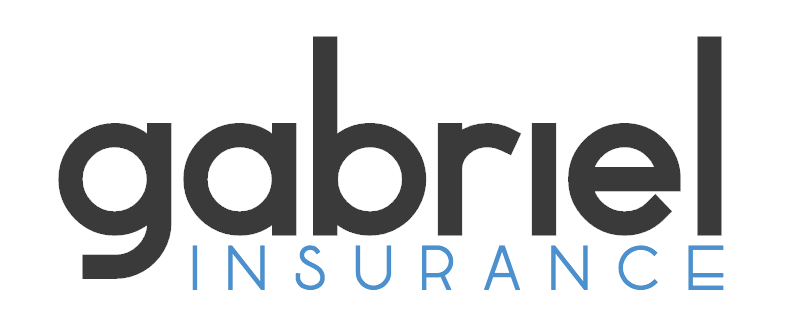Deanna Cuadra | August 3, 2023 | Employee Benefits News
In the wake of the COVID-19 pandemic, U.S. life expectancy dropped by over two years to 76.4, the lowest it’s been in two decades. But Americans still have a shot at living longer, healthier lives than previous generations — especially if employers are willing to rethink their approach to healthcare.
By 2040, the average life expectancy in the U.S. could increase by 12 years, with 95% of those years spent in good health, according to consulting company Deloitte. As it stands, Americans only spend 85% of their lives in good health, with their “health span” ending at 66 years old. But if employers turned towards prevention-based healthcare models, lives would change for the better, underlines Neal Batra, partner and head of Deloitte’s Life Sciences and Health Care practice.
“We have a react and respond model when it comes to healthcare,” says Batra. “But if we are able to respond before the health issue is a significant issue, then care would be much less costly and very effective.”
In order to switch to a prevention model, employers will have to do more than provide quality primary care or offer free cancer screenings; they will have to build healthcare benefits with their workforce’s social determinants of health in mind, says Batra. These determinants are socioeconomic and environmental factors that influence one’s health, like access to fresh produce, clean air and safe housing.
“This is about tailored solutions and meeting people where they are,” says Batra. “That’s how you’ll find the underlying issues driving negative health outcomes.”
For example, if an employer has noticed from either healthcare claims or surveys that many of their workers and families struggle with asthma, they may also find that these workers live in the same community and endure poor air quality. In response, employers could provide air conditioning units and air filters for their employees’ homes as well as the workplace to drive down the prevalence of asthma-related symptoms, explains Batra. This could help lessen comorbidities that come with asthma, such as anxiety, obesity and cardiovascular disease, which costs employers and employees more in healthcare treatment down the line.
“If we just think about healthcare in a different way, we could save the U.S. health system nearly $4 trillion annually,” says Batra. “And people will actually live longer. This could save lives and money.”
While Deloitte’s estimates may seem too good to be true, Batra believes it is possible to turn the life expectancy downward trend around. According to the Kaiser Family Foundation, employers are responsible for nearly half of the U.S. population’s access to healthcare — if employers designed their health plans with prevention in mind, an estimated 155 million Americans could have a shot at better health.
Batra admits that the shift wouldn’t be easy, but if employers take advantage of developments like telehealth and health monitoring apps, they can at least start giving employees the tools to take charge of their health. In the meantime, employers can start addressing external factors that are hurting the well-being of their employee population.
“It sounds almost like a pipe dream,” says Batra. “People often say, ‘You can’t have it all, there have to be some trade-offs.’ But we think you can have it all. It just means that you have to organize and go at the problem very differently than we have been doing as a society.”

Leave A Comment
You must be logged in to post a comment.